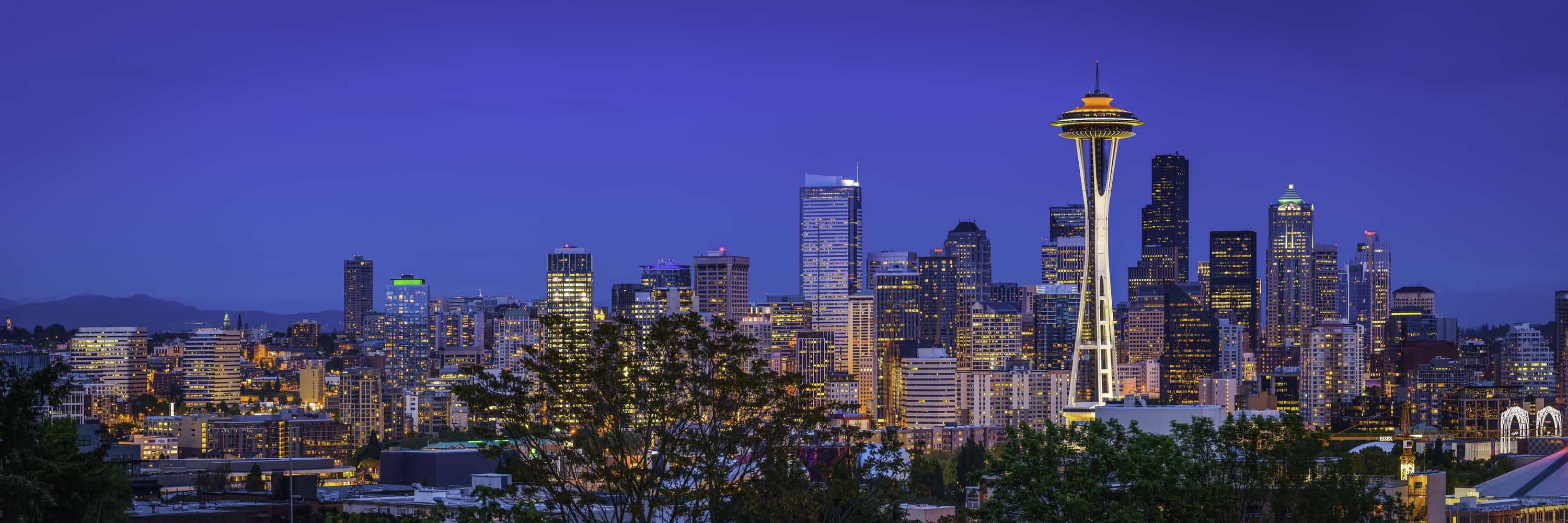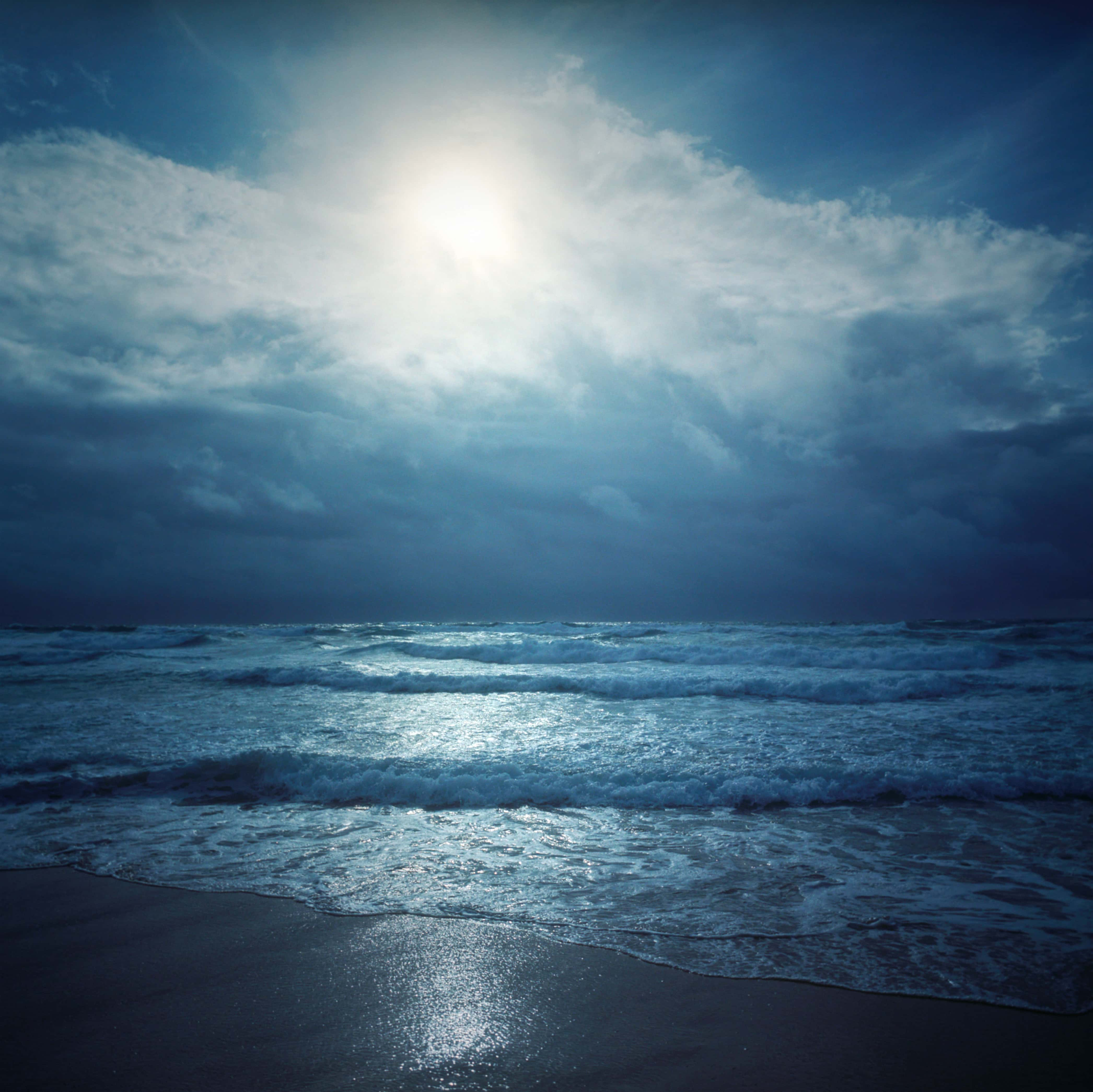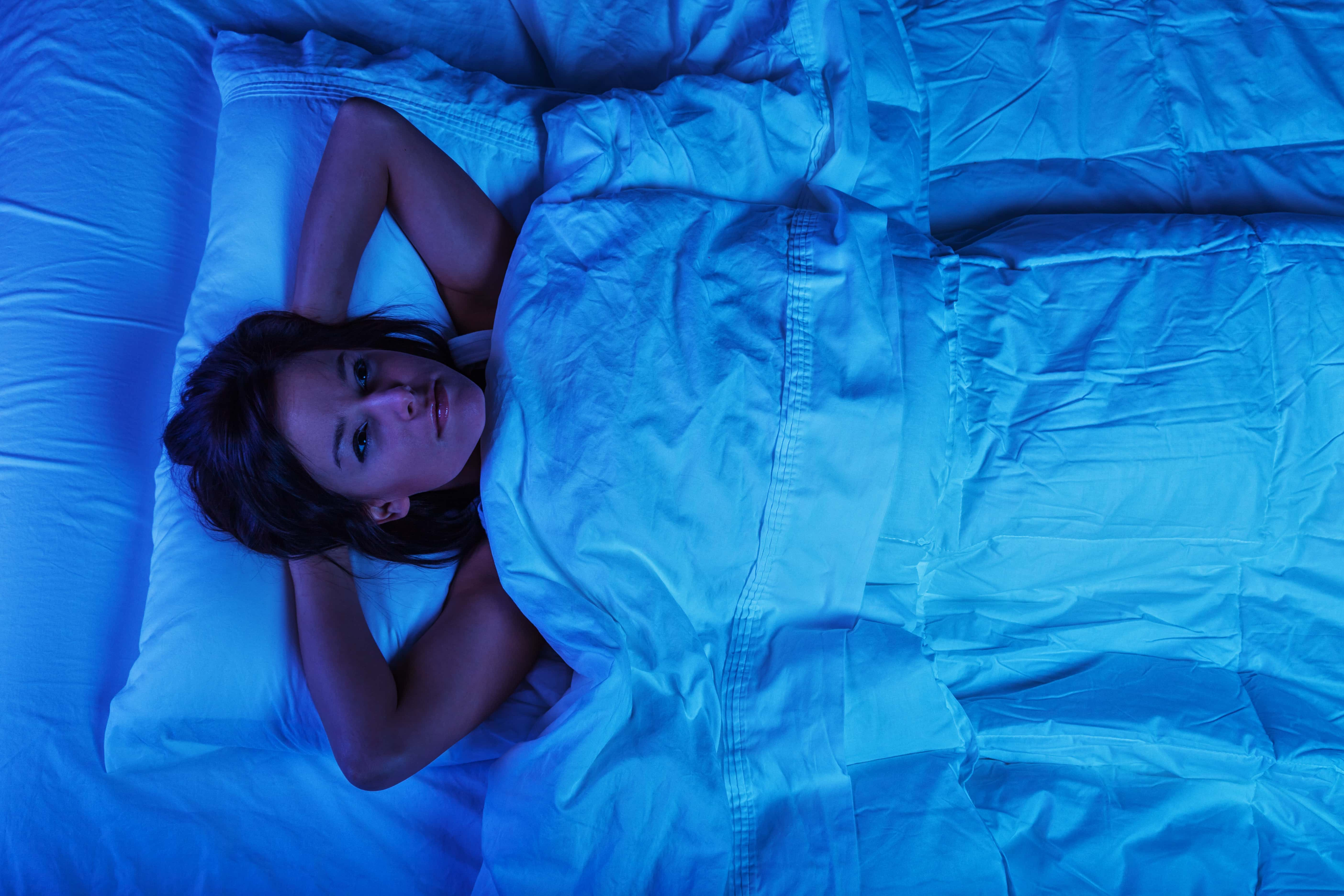How does Moon affect sleep? People go to bed late and nap less on nights before a full moon, says study

For centuries, humans have blamed the moon for affecting one’s mood, accidents, and even natural disasters. As the full moon rises on January 28, researchers suggest that the moon impacts something else entirely: it appears to affect our sleep.
People fall asleep late and sleep for shorter periods of time on nights leading up to a full moon, when moonlight fills the night sky after dusk, according to the analysis of sleep cycles in 98 rural and urban indigenous Argentinians and 464 urban university students in Seattle, US. Even in areas with streetlights and electricity, people still slept later and less before a full moon. The findings, published in Science Advances, suggest that human sleep is synchronized with the moon’s phases regardless of ethnic or cultural differences and even in locations where light pollution outshines moonlight.
The team, led by University of Washington (UW) professor of biology Horacio de la Iglesia, observed these variations in both the time of sleep onset and the duration of sleep. They saw the oscillations regardless of an individual’s access to electricity, though the variations are less pronounced in individuals living in urban environments. “We see a clear lunar modulation of sleep, with sleep decreasing and a later onset of sleep in the days preceding a full moon. And although the effect is more robust in communities without access to electricity, the effect is present in communities with electricity, including undergraduates at the University of Washington,” says de la Iglesia.

The authors, which also includes experts from the National University of Quilmes (Argentina) and Yale University, conclude that moonlight may have kept preindustrial communities awake and active later than usual on nights when the moon was full and modern artificial lights may tap into this ancestral mechanism.
How the moon influences our sleep
While moonlight has been previously shown to affect nocturnal activity in many organisms, the question of whether the moon’s cycles affect human sleep and nighttime wakefulness has remained controversial. To address this research gap, the scientists used wrist monitors to measure wake/sleep cycles over 1 to 2 months in three Toba-Qom indigenous communities in the Argentine province of Formosa. This includes an urban community with full access to electricity, a rural community with limited electric light access (such as a single source of artificial light in dwellings), and a rural community without electricity.
Across all communities, sleep patterns were modulated by the moon’s cycle, with each person’s sleep duration varying by 20 to 90 minutes throughout the cycle. Participants went to sleep the latest and slept the least 3 to 5 days before the night of a full moon. The investigators also observed that groups with less access to electric light were more affected by shifts in moonlight, with people in communities without any electricity sleeping 25 minutes longer on lightless nights than on fully moonlit nights. In comparison, people with limited electric light access slept 19 minutes longer, and those with full electricity access slept 11 minutes longer.

“Participants in all three communities showed the same sleep oscillations as the moon progressed through its 29.5-day cycle. Depending on the community, the total amount of sleep varied across the lunar cycle by an average of 46 to 58 minutes, and bedtimes seesawed by around 30 minutes. For all three communities, on average, people had the latest bedtimes and the shortest amount of sleep in the nights three to five days leading up to a full moon,” the findings state.
The authors also analyzed sleep recordings from University of Washington undergraduate students, unexpectedly finding moon-dependent sleep patterns in this large urban environment similar to those of the Toba/Qom communities. “Although the true adaptive value of human activity during moonlit nights remains to be determined, our data seem to show that humans – in a variety of environments – are more active and sleep less when moonlight is available during the early hours of the night,” write researchers.

(Getty Images)
The team confirmed that the evenings leading up to the full moon have more natural light available after dusk. The waxing moon is increasingly brighter as it progresses toward a full moon, and generally rises in the late afternoon or early evening, placing it high in the sky during the evening after sunset. The latter half of the full moon phase and waning moons also give off significant light, but in the middle of the night, since the moon rises so late in the evening at those points in the lunar cycle.
“We hypothesize that the patterns we observed are an innate adaptation that allowed our ancestors to take advantage of this natural source of evening light that occurred at a specific time during the lunar cycle,” suggests lead author Leandro Casiraghi, a UW postdoctoral researcher in the Department of Biology.
The lunar effects may also explain why access to electricity causes such pronounced changes to our sleep patterns, notes de la Iglesia. “In general, artificial light disrupts our innate circadian clocks in specific ways: It makes us go to sleep later in the evening; it makes us sleep less. But generally, we don't use artificial light to 'advance' the morning, at least not willingly. Those are the same patterns we observed here with the phases of the moon,” he adds.

Connection between lunar and women’s menstrual cycles
A separate analysis of long-term menstrual cycle records kept by women for up to 32 years shows that women with cycles lasting longer than 27 days intermittently synchronized with cycles that affect the intensity of moonlight and the moon’s gravitational pull. This synchrony was lost as women aged and when they were exposed to artificial light at night, says the report also published in Science Advances.
While previous research suggests that women with menstrual cycles that most closely match lunar cycles may have the highest likelihood of becoming pregnant, lunar influence on human reproduction remains a controversial subject. To address this long-standing mystery, a team led by University of Würzburg chronobiologist Charlotte Förster examined long-term data on the onset of menstrual cycles spanning an average of 15 years, including records from 15 women age 35 or younger and 17 women over 35.
To uncover any times during which the women’s menstrual cycles occurred in sync with lunar cycles, the investigators displayed the data as raster plots (graphs that show time-based relations) along with fluctuations in the moon’s cycles. They found that most women’s menstrual cycles “aligned with the synodic month (the time it takes for the moon to cycle through all its phases) at certain intervals.”

Menstrual cycles also aligned with the tropical month (the 27.32 days it takes the moon to pass twice through the same equinox point) 13.1% of the time in women 35 years and younger and 17.7% of the time in women over 35, suggesting that menstruation is also affected by shifts in the moon's gravimetric forces.
The scientists observed greater synchronization between lunar and menstrual cycles during long winter nights, when women experienced prolonged exposure to moonlight.
“All three lunar cycles influence the onset of menstruation in women. The nightly moonlight seems to be the strongest clock synchronizer, but the gravitational forces of the moon also contribute to the effect,” write authors.
But not all women follow the change of light and dark in the night sky and if they do, usually only for certain periods. On average, in women under 35 years of age, menstruation occurs synchronously with the full moon or new moon in just under a quarter of the recorded time. “For women over 35, this is the case on average in barely one-tenth of the time. The synchronism of lunar and menstrual cycle does not only decrease with increasing age: It also seems to decrease to the extent that women are exposed to artificial light sources at night. Typical ‘night owls,’ who go to bed late and leave the lights on longer, show no obvious synchronization with the moon,” conclude investigators.